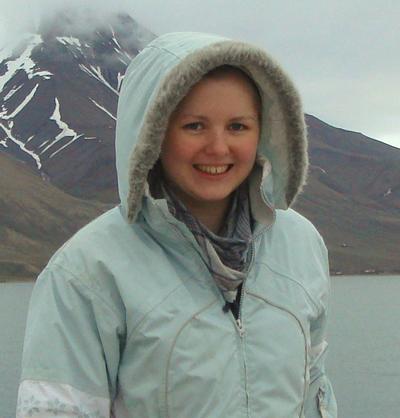Amelia Astley
PhD Studentship in Maritime Archaeology

Hi, I'm Amelia Astley and I studied within Southampton Marine and Maritime Institute at the University of Southampton.
Since 2008 I have been a student at the University of Southampton. Throughout my studies I had a deep interest in maritime archaeology. The SMMI provided me with the opportunity to further my interest in maritime archaeology through a multi-disciplinary PhD studentship – the first of its kind. Supervising my project are staff from both Ocean and Earth science (Justin Dix and Charlie Thompson) and Archaeology (Fraser Sturt).
Shipwrecks are often regarded as simply expressions of dramatic maritime events, points of failure in human endeavour. However, in this research I am investigating the rich multidimensional, reality of these sites. For archaeologists wrecks offer exceptional snapshots of the society in which they were built and operated. By virtue of the rapid nature of their demise they can provide an unparalleled collection of artefacts from a very short time window. This is a characteristic of these data sets that is often hard to replicate on terrestrial sites. Further, underwater sites, if buried rapidly (as is the case with the Mary Rose) have the potential to preserve fragile organic material, (e.g. wood, rope and leather) which are often lost due to decay in terrestrial environments.
However, the instantaneous nature of the creation of the material assemblage belies the potential dynamic nature of the post depositional processes. If we wish to better understand the surviving archaeological record, improved knowledge of the impact of variable marine conditions on wreck sites is required. In order to create the reconstructions that archaeologists require we need to understand the sedimentary processes that have operated on the ship from the initial wrecking event to the present day. This project therefore aims to understand these processes on both a whole wreck and individual artefact scale through a combination of underwater techniques: seafloor mapping, direct monitoring of sediment and artefact movement and the replication of these processes in controlled laboratory environments.